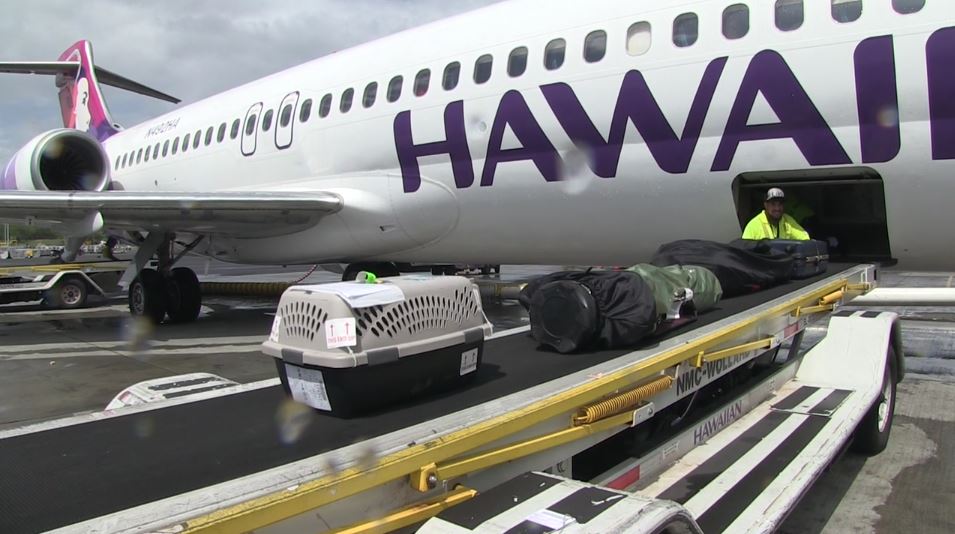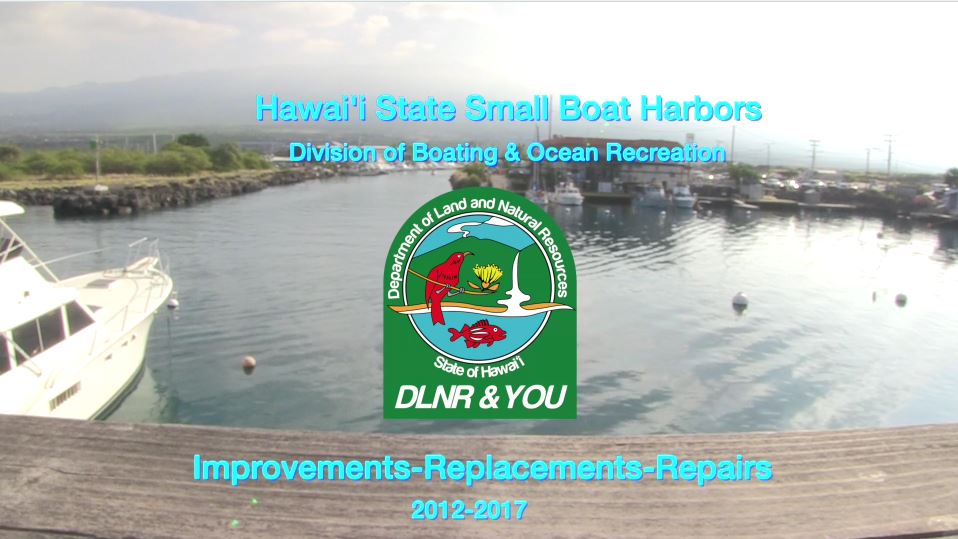Botanists surveying a remote area on Maui found something they didn’t expect – a species of fern previously unknown to science. Named after the mountain on which it is found, Athyrium haleakalae was recently announced and described in a paper by Kenneth Wood and Warren Wagner of the National Tropical Botanical Garden (NTBG) and the Smithsonian Institution, respectively
slider
HONOLULU — Since 1979, more than 68,000 students have received their certifications through the Department of Land and Natural Resources (DLNR) Hunter Education Program. Annually, more than 2,000 students register and attend Hunter Education classes across the state. This experience is now about to get just a little easier for the public.
It’s another spectacular sunset near Spouting Horn on Kauai’s south side. As people gather at the shoreline to catch a glimpse of the fabled green flash, their eyes turn inland for the green flash in the sky. This is the nightly invasion of rose-ringed parakeets. Their highly visible presence on the Garden Island provides a current and dramatic example of how a seemingly innocuous species, left unchecked and over time, can become a public health hazard, a real nuisance, and have serious impacts on the economy and the environment.
After being flown to the Hawai‘i Wildlife Center at Kapa‘au last week, a young pueo (Hawaiian short-eared owl), was put to sleep. The decision was made by wildlife biologists from the DLNR Division of Forestry and Wildlife and was made to prevent the birds continuing suffering.
The Division of Forestry and Wildlife (DOFAW) Kaua‘i branch, of the Department of Land and Natural Resources (DLNR) is considering a revision to the Līhu‘e-Kōloa Forest Reserve Management Plan to update management priorities, tactical goals and action items, and estimated costs, and as part of the update, to provide for sustainable commercial management of existing non-native timber stands found within the forest reserve.
Kaua‘i landowners are invited to attend a forestry workshop on Saturday March, 11, 2017. to learn how they can benefit from state and federal landowner assistance programs that support private forest restoration efforts. Early registration by March 7 is advised since space is limited to 20 participants.
Hawaii’s 5th annual Hawaii Invasive Species Awareness Week (HISAW) starts today with a series of volunteer opportunities, and will end with a ceremony in Governor David Ige’s office to recognize people and organizations who’ve been instrumental in the fight against invasive species. HISAW is organized in coordination with the U.S. National Invasive Species Awareness Week (NISAW) and regional Pacific Invasive Species Awareness efforts. The event promotes information sharing and public engagement in what the Hawaii State Legislature has declared "the single greatest threat to Hawaii's economy and natural environment and to the health and lifestyle of Hawaii's people." Events included a proclamation from Governor Ige, an awards ceremony, a student video contest, community presentations, and numerous volunteer opportunities throughout the state.
The cargo handlers at Hawaiian Airlines, like anyone else who spotted it, thought a dog or a cat was in the carrier that arrived at Honolulu International Airport for shipping this morning. Inside this particular crate was a pueo, or Hawaiian short-eared owl, that made headlines across the state recently after a seven-year-old Oahu girl, her father, and another man rescued it from the side of a road. DLNR Division of Forestry and Wildlife (DOFAW) biologists and the veterinarian, who first treated the bird’s broken wing, believe it likely flew into some sort of line.
Hawai’i’s small boat harbors, under the jurisdiction of the DLNR Division of Boating and Ocean Recreation (DOBOR), serve as the ocean gateways for thousands of kamaʿāina and visitors every year. In addition to maintaining 2,000 berths statewide and registering some 12,000 boats, DOBOR and its small boat harbors are used for a large variety of purposes. Boating, obviously, but also snorkeling, diving, touring, fishing and kayaking are among the frequent uses of our sixteen small boat harbors. All of these harbors and their ramps, piers, moorages, wash downs, comfort stations and parking lots require constant maintenance. While many boaters and commercial operators pay fees, any private boat owner can acquire an annual launch ramp decal for $50. These harbors also serve literally, as “safe harbors” during storms. These facilities are constantly exposed to the corrosive effects of salt air and salt water. This means, in addition to regular maintenance, the frequency in which you have to replace structures is greatly accelerated.
If you drive a car, fly in a plane, use air-conditioning to cool your home, or engage in other activity powered by fossil fuels that emit greenhouse gas, you may soon have new ways to offset your emissions locally, by supporting Hawaiian forest restoration.





